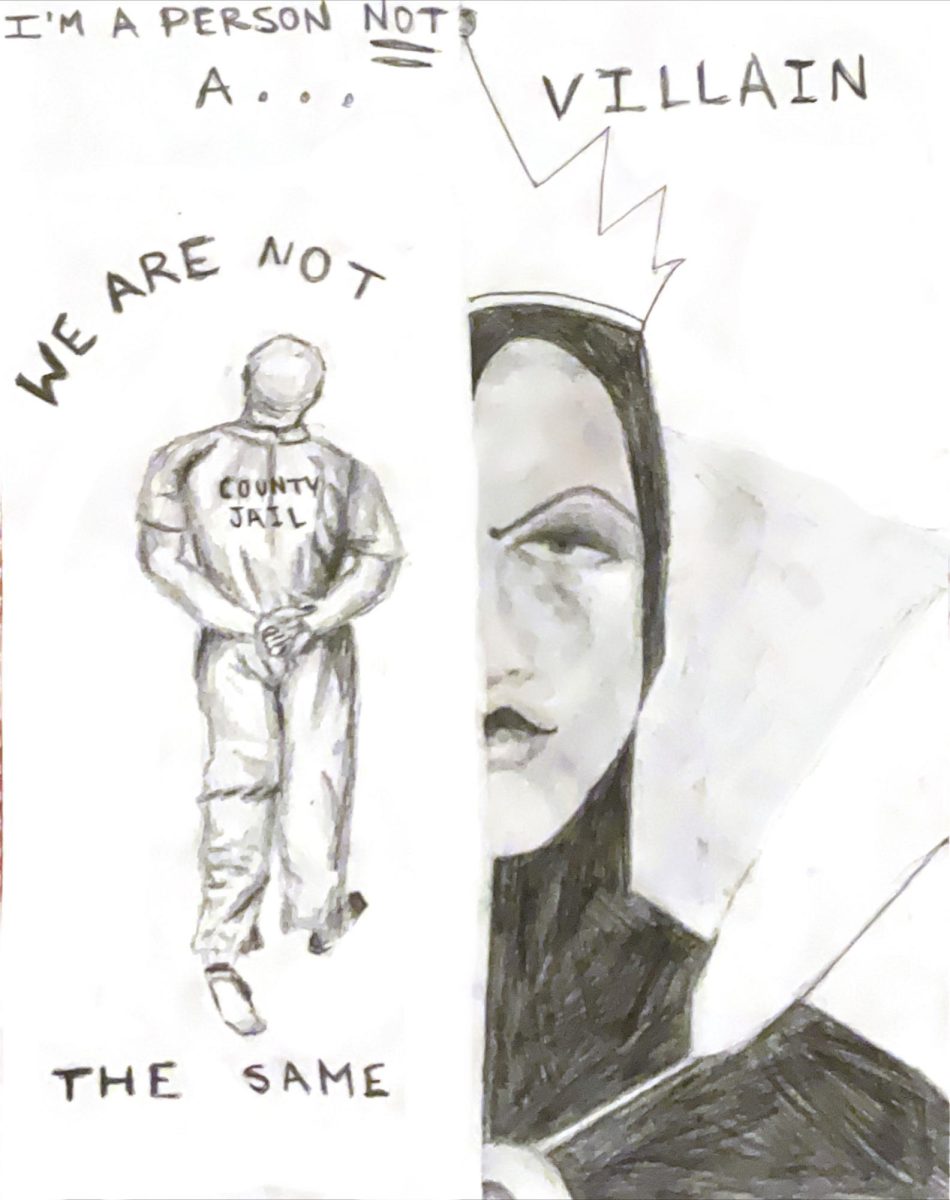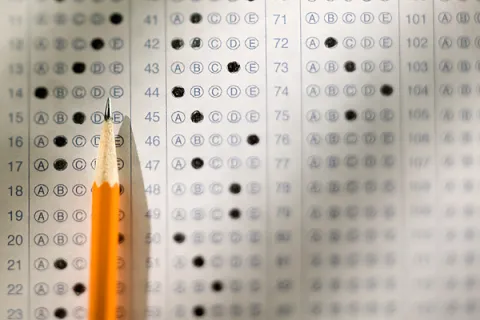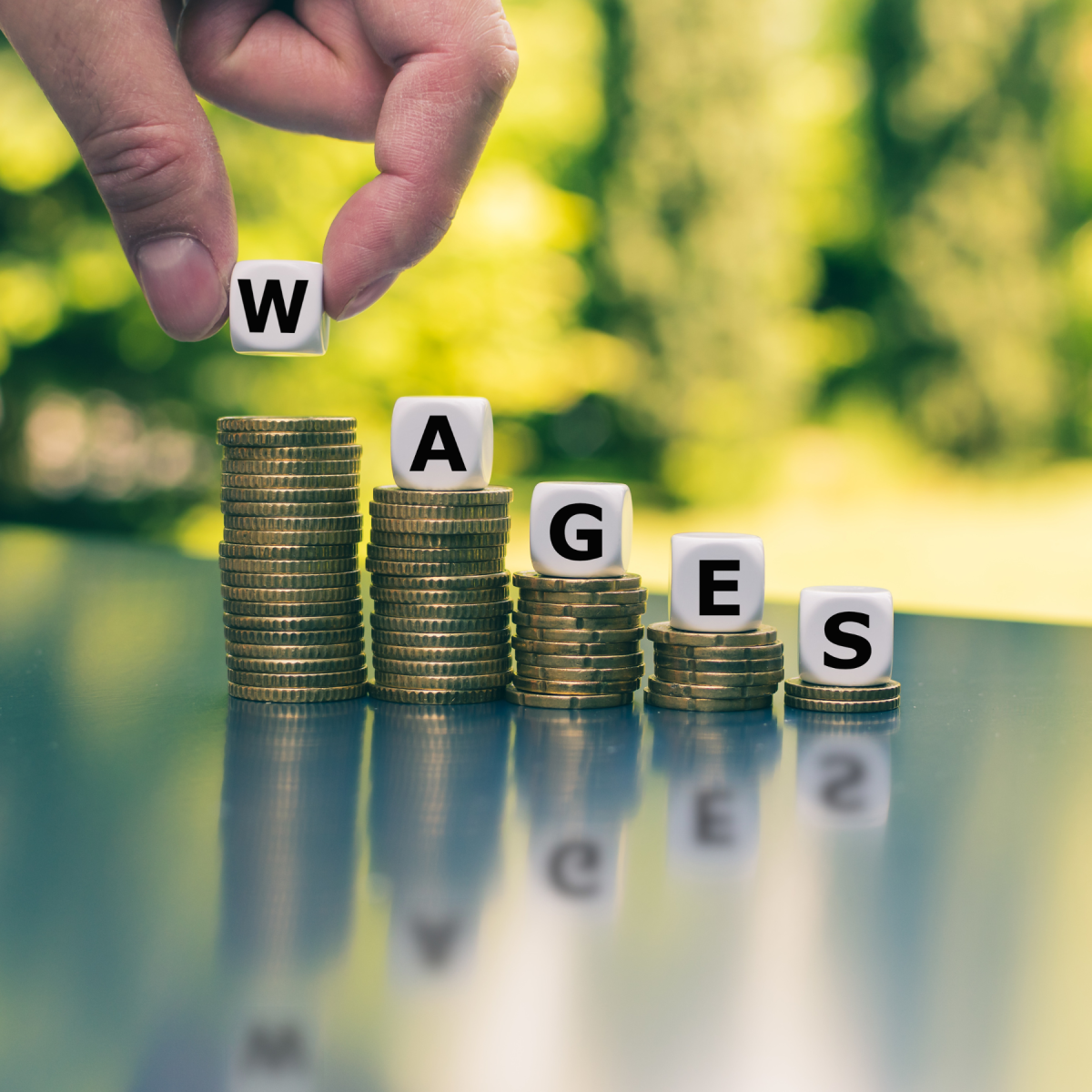What is a villain? Most people think of storybooks or Disney characters. The evil antagonist in Cinderella or Snow White. But what are villains outside the realm of fiction?
From a young age children are taught that villains are people who commit crimes such as theft or murder, because that’s how they learn that there are consequences for misbehavior. It’s easier to comprehend that there’s good and there’s bad, no in between, no room for complexity. As young kids, we strive not to be like the villains in the storybooks, so we listen to adults telling us that committing crimes make you “bad.” However, as a society, we often subject criminals to the same indifference and dehumanization reserved for fictional villains. This dehumanization is the basis for government punishment. Prison and capital punishment sprouts from the idea that those convicted of crimes are inhuman, unworthy of life and undeserving of redemption. According to the Federal Bureau of Prisons, 17.8% of prisoners in the US will spend 20 years to life in prison. Further, according to the Death Penalty Information Center, there are 2,331 prisoners on death row as of January 1st, 2023. A large portion of offenders in the US will either spend the rest of their lives in prison or be sentenced to die.
If you’re searching for a synonym for the word criminal, you’ll find words such as “lawbreaker” and “offender” but what also pops up is “villain.” Many perceive these to be the same, however there is a danger to that connection. This perception is formed from a young age but remains even throughout adulthood. As children get older, they form their own ideals and beliefs, but what they learn from a young age sticks with them and the beliefs they were taught young ground their values as adults. Laws and reform are based on the idea that these so-called criminals are the same as the villains children were taught were “wicked” and “cruel,” people from fairytales and therefore should be treated like such.
In the US, offenders are subjected to an alarming degree of inhumane treatment. Take, for example, solitary confinement in the US. According to the non-profit organization committed to legally representing marginalized communities, The Equal Justice Initiative, it is estimated that there are at least 80,000 men, women, and children held in isolation any given day. The Equal Justice Initiative further quoted Ian Manuel, a 46 year old former-prisoner who spent 18 consecutive years in solitary confinement. He described, “I wasn’t permitted to talk to my fellow prisoners or even to myself…I was given just enough to not die.”
The mental toll that solitary confinement takes on the human psyche is immeasurable and the harsh ideology which underlies it has unfortunately seeped into the penal system. We have condemned “criminals” to a life of instability, isolation, unspoken violence during incarceration, poor treatment and often homelessness after release. Addressing this problem doesn’t just start with teaching children that villains aren’t real, but rather, providing nuance to the fairytale. There’s more human to a “villain” than what might be perceived.
This article also appears in our October 2023 print edition.













